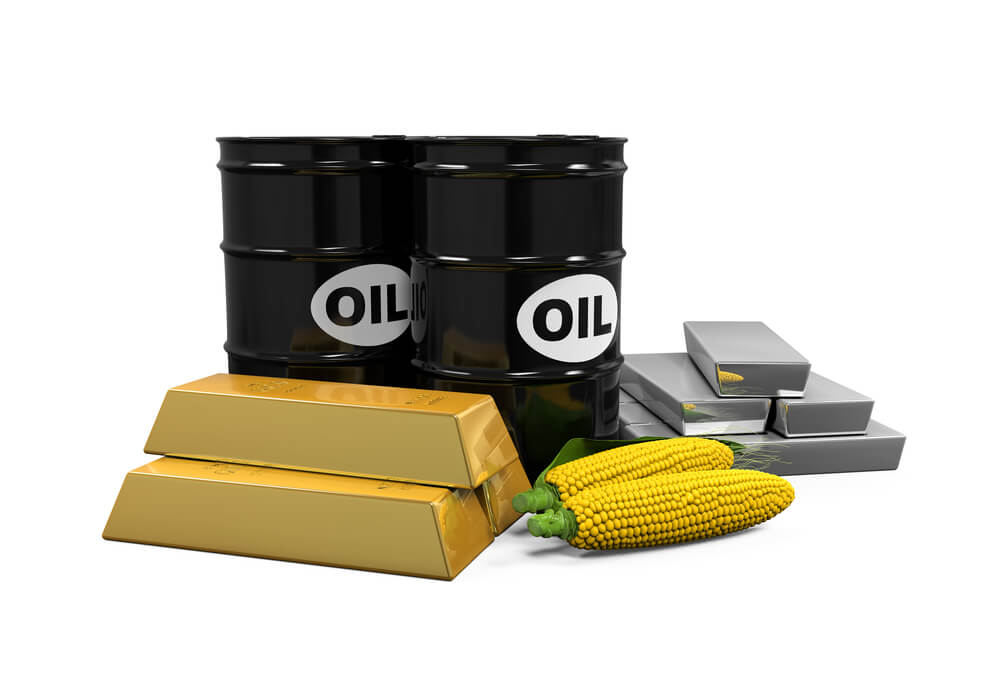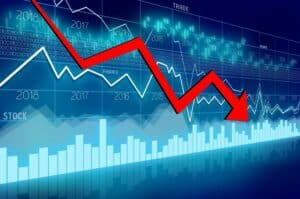The massive rollout of coronavirus vaccines and the loose monetary environment give positive signals about global economic recovery. This is reflected in the recent rally in world bulk commodity markets.
Some industry observers think that rising material prices would slow down Chinese economic recovery.
Analysts say that increased prices in upstream materials could be evident in the Chinese economy. The country is the world’s largest buyer and consumer of global commodities. Also, it may hinder China’s exports. However, they believe that some large factories may overcome this problem by expanding production to achieve a scale effect. The country buys around 70% of the world’s iron ore and imports around 60% of crude oil.
Oil prices hit 11-month highs.
The China Commodity Price Index stood at 168.12 points in the first week of February, up 4.1% from the beginning of 2021 and 16.9% on a year-on-year basis.
Nonferrous metals and energy led the rise. The March copper contract was the most traded commodity on Shanghai Futures Exchange. It surged above 67,000 yuan ($10,372) a ton Monday and reached a 10-year high.
Oil prices have seen a fourth-day positive streak on Thursday. The price of the commodity hit the highest levels not seen in more than 11 months. Monetary easing policies and decreased crude production in the US boosted the rise.
Brent crude futures for April advanced by 19 cents, 0.3%, to $67.23 a barrel. WTI crude oil futures for April was at $63.30 a barrel, up 0.1%.
Meanwhile, gold keeps falling.
Spot gold dropped by 0.3% to settle at $1,798.71 per ounce. US gold futures increased by 0.2% to $1,801.20.
On Thursday, gold prices drop resulted from higher US treasury yields, which sunk the yellow metal’s appeal. Still, the weaker dollar and Fed Chairman Jerome Powell’s comments limited the losses.
Powell kept adding weight to the Fed’s promise to get the economy back to full employment.
Analysts recommend not to become too optimistic about the rally.
The rally, which reflects the recovery’s strength across countries, might be a short-term one.
Analysts believe that a low base effect and stimulus measures will drive the first half of the global economic recovery. By mid-year, the gains will be erased. Major economies, including the US and Europe, have yet to prove tangible signs of a turnaround.
According to an IMF estimate, the world economy shrank by about 3.5% in 2020. However, it will grow by about 5.5% in 2021.











